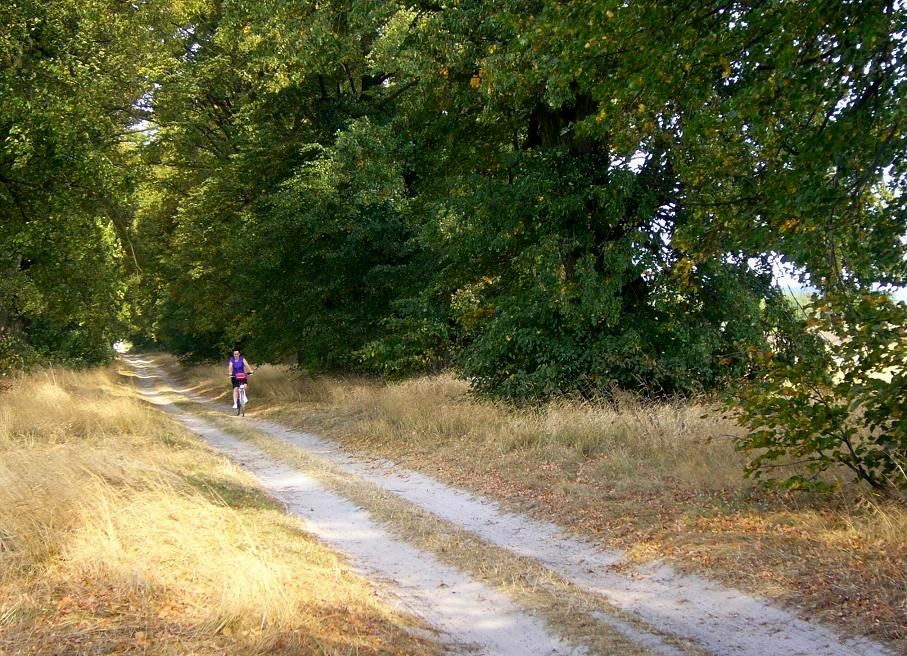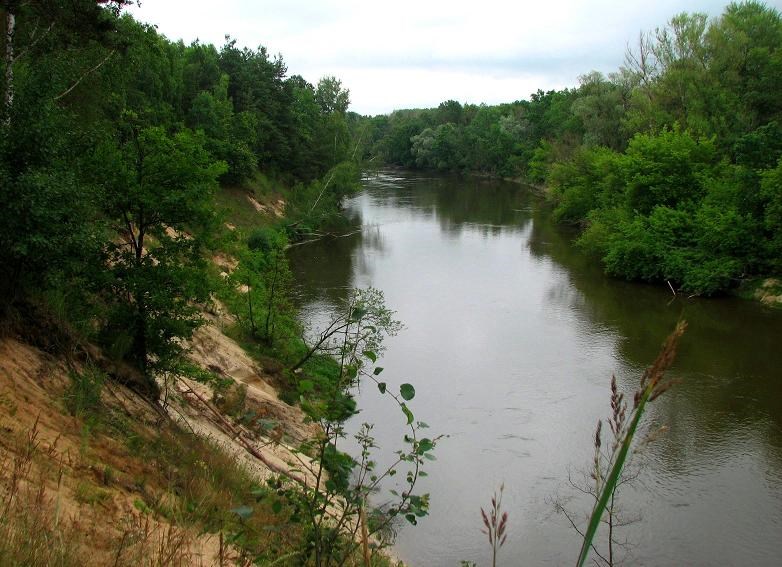Landscape Parks of Lublin Region

Located in the Poviat of Chełm in the area of the communes of Chełm, Dorohusk, Sawin and Ruda Huta. The most interesting showpieces of this reserve include luminous oak woods with thermophilic undergrowth, swamp birch and alder forests. The park boasts unique carbonate peat-bogs teeming with fauna and flora. ...

The natural, historic, cultural and tourist assets given special protection in this park include picturesque loessial hills, cliffs and ravines, and precious rare species of flora and fauna inhabiting the valley of the Vistula River. There are three nature reserves: Krowia Wyspa, Skarpa Dobrska and ‘Łęg na Kępie.’ The scenic historic town of Kazimierz Dolny is located in the heart of the landscape park. ...

The park protects natural, historic, cultural and tourist assets of the large woodland area of the Kozłowiecki Forests located north of Lublin, which feature a great variety of trees and bushes. Protected species of plants found in the park include the mezereon (Daphne mezereum), the Martagon lily (Lilium martagon), and the lesser butterfly orchid (Platanthera bifolia). In 1962 fallow deer were introduced into the park. Nearby there is a beautiful Late-Baroque palace and park complex in Kozłówka. ...

It is situated in the highest part of Central Roztocze (over 350m AMSL) with the highest peak - Wapielnia near Ułów (385m AMSL). About 60 % of the area is covered with pine forests, fir woods, and groves of Carpathian beech and alder. Special protection is given to peat-bogs and rare vegetation of xerothermophilic plants. The most unique woodland areas are protected within St. Roch’s and ‘Zarośle’ nature reserves. ...

The natural, historic, cultural and tourist assets given special protection in this park include beautiful loessial land relief, natural features of the Giełczewska Height and remains of ancient forests that once covered the Lublin Upland. There are three nature reserves within the park called ‘Chmiel’, ‘Olszanka’ and ‘Las Królewski.’ ...

established in 1990 The park was created in order to protect the valley of the Wieprz river, preserved in its natural state, with meanders, bends, and oxbow lakes, as well as numerous extensive wetlands, wet meadows, and peat bogs located within it. ...

It was created in 1984 in order to preserve the unique landscape of the western part of the Solska Forest, one of the vastest forests in Poland extending from the valley of the Vistula River to the eastern state border. It is mostly a coniferous forest with prevalent pines and firs and well-preserved old-growth woods. ...

It covers a lower part of the valley of the Bug River (from Terespol to the Toczna River) and two forests growing on postglacial moraine plateaux. The park is 65 km long and 3 to 5 km wide in its eastern part located in the Lubelskie Voivodship. ...

The natural ecosystem of lakes, ponds and peat-bogs is under special protection in this park. The wetlands in this area feature rare and protected species of plants e.g. the shrub birch (Betula humilis), the downy willow (Salix lapponum), and the broad-leaved marsh orchid (Dactylorhiza majalis), and are a refuge of the European pond turtle. East of the landscape park the Poleski National Park is located. ...

The park stretches over the areas of Central Roztocze and the Biłgoraj Plain. The lay of the land is fairly flat with characteristic plains, small hillocks (up to 320m ASML), dunes, peat-bogs and swamps. Forests account for 85% of the area. River knickpoints forming scenic small waterfalls – a geological curiosity of the park – are particularly impressive on the Tanew River and the Sopot River. These ‘murmuring cascades’ can be seen in the ‘Czartowe pole’ and ‘Upon the Tanew’ nature reserves. Crystal-clear streams of the park are home to the grayling and the brown trout. There ...
Page 1 of 2






